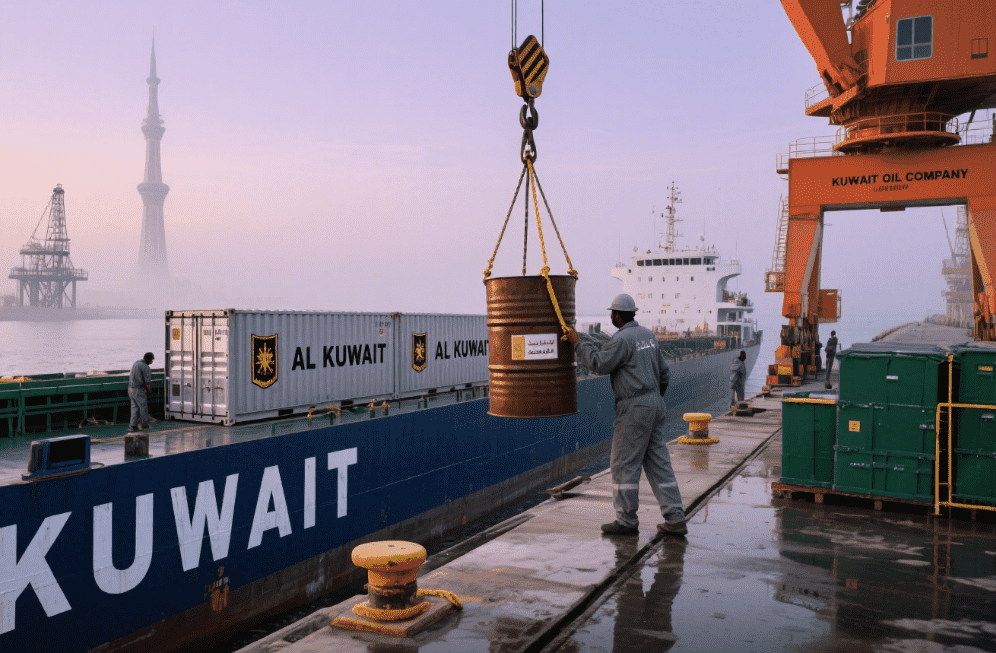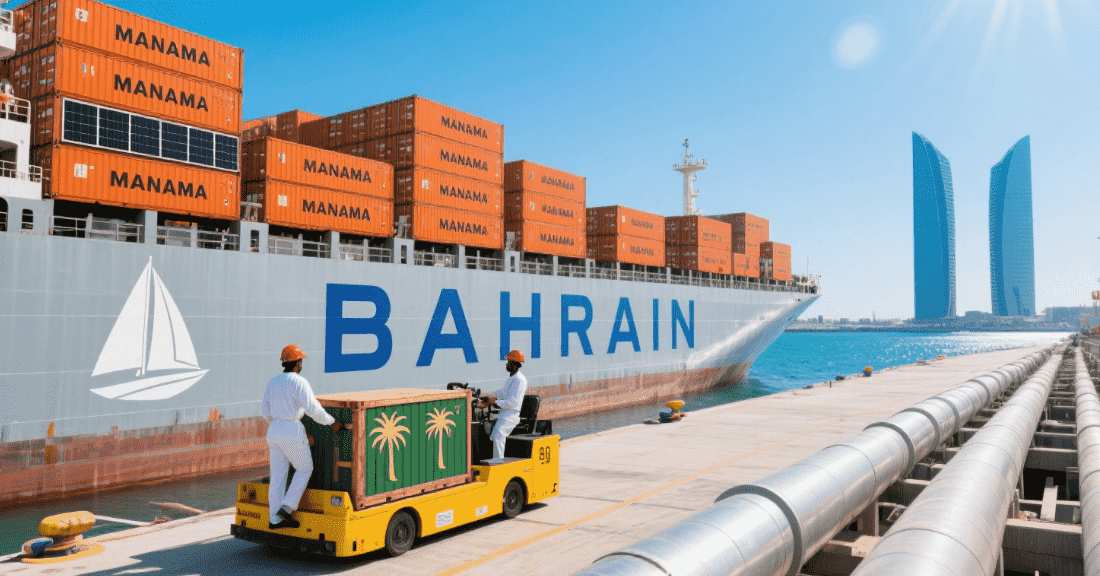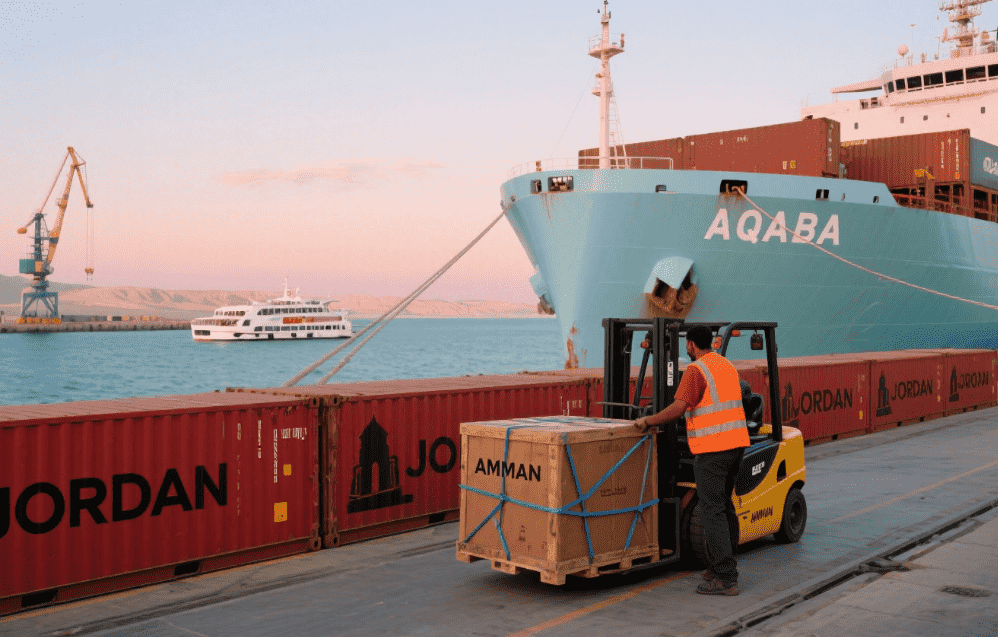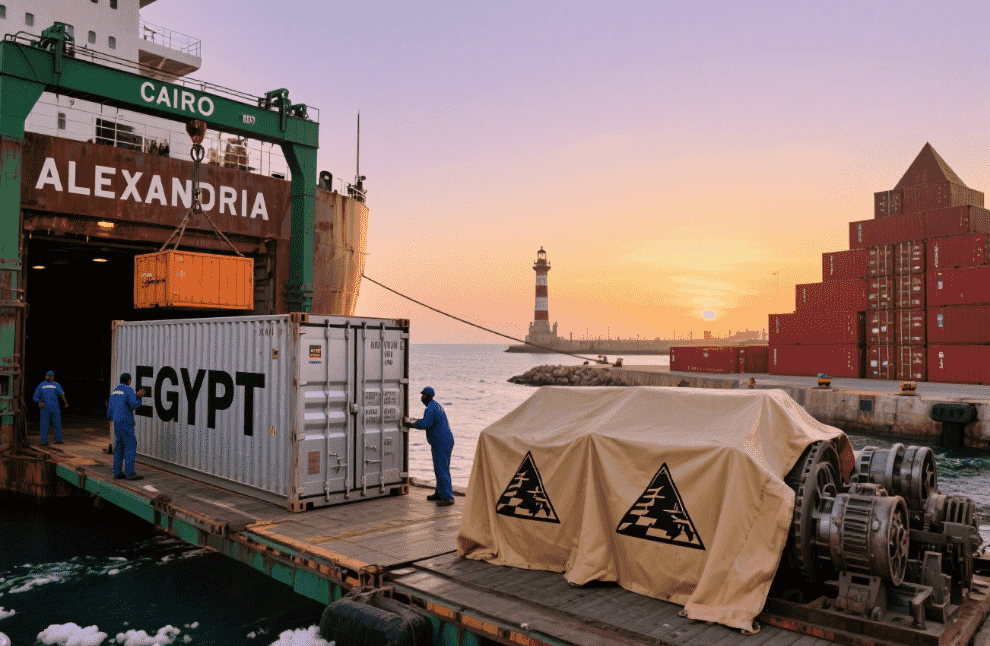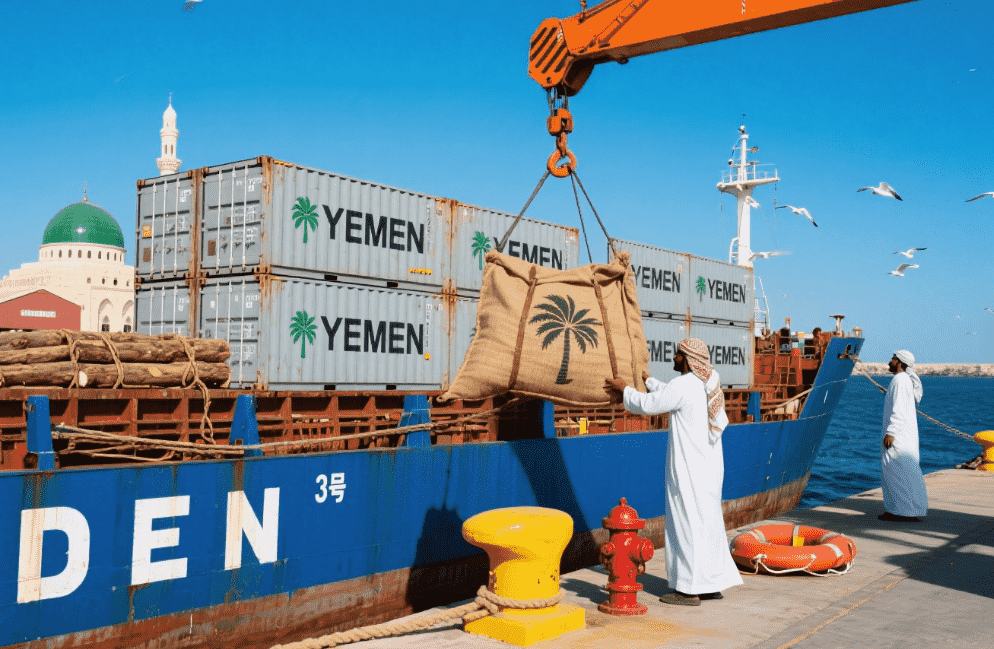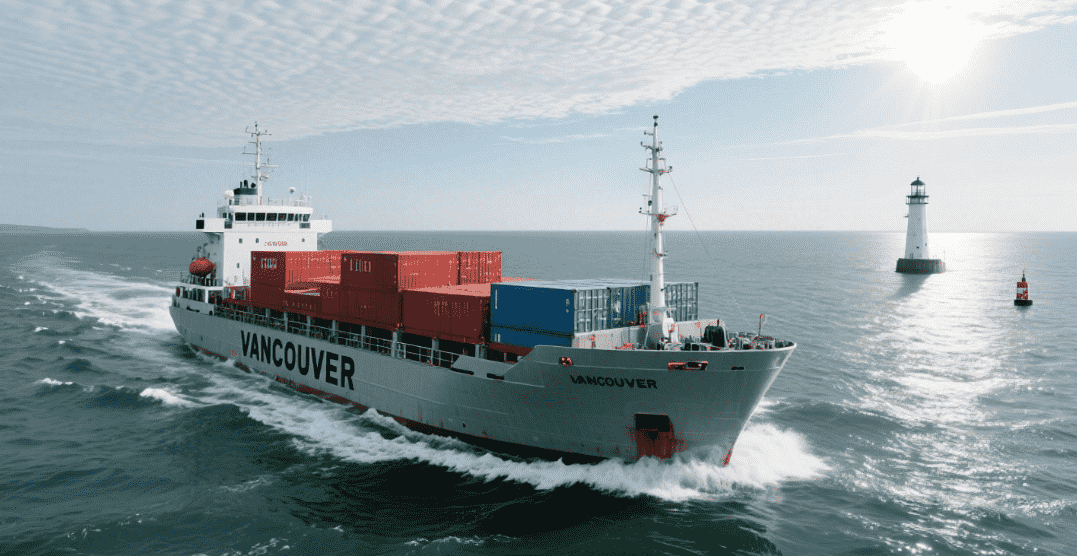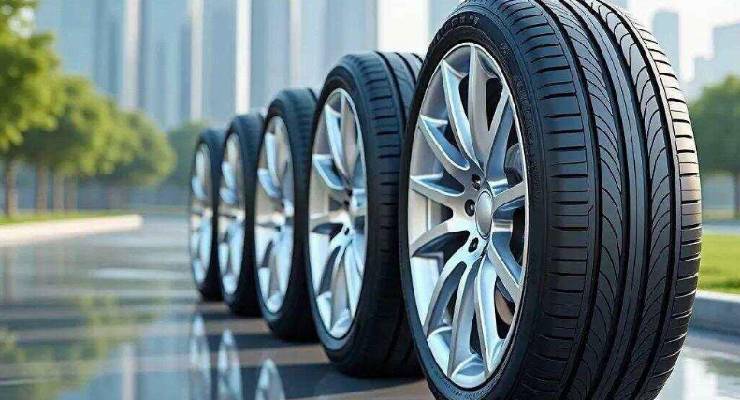
In the dynamic field of international trade, transporting tires from China has become an indispensable part of the global automotive industry. With the continuous surge in demand for new tires and replacement tires, this trade has also achieved significant growth. To navigate this intricate environment, professional knowledge, meticulous planning, and compliance with international regulations and market requirements are needed. Winsail Logistics has become a pioneering force, simplifying this process for global enterprises.
The export of Chinese tires to various international destinations has had a profound impact on the industry. It not only Bridges the gap between manufacturers and the market, but also stimulates the growth, innovation and diversification of the automotive industry. By offering a range of transportation methods and adhering to international standards, transporting tires from China has become synonymous with efficiency and seamless connection in the automotive industry.
Winsail Logistics is committed to streamlining and enhancing the transportation process and customizing it according to your specific needs. Our all-round services include air freight, ocean freight, DDP and express delivery, all of which are carefully designed to ensure a smooth and satisfactory experience when transporting tires from China. We invite you to entrust us as your reliable partner to establish global connections one tire at a time.
Why choose Shipping Tires for trading? Why transport tires from China?
Participating in the tire transportation business reflects the essence of the dynamic global automotive industry. With the continuous expansion of global transportation, the demand for first-class tires that meet the needs of new vehicles and the constantly updated replacement market is also increasing. Tires are indispensable components of vehicles and represent a lasting market. Therefore, the tire trade is an important part of the automotive industry. Participating in the tire transportation business reflects the essence of the dynamic global automotive landscape. The continuous growth of global transportation demand has driven the demand for high-quality tires.
The advantages and disadvantages of transporting tires from China
Cost-effectiveness: Transporting tires from China has significant advantages in terms of cost-effectiveness. Chinese manufacturers take advantage of economies of scale, efficient manufacturing processes and competitive labor costs to reduce production costs. When choosing to transport tires from China, this cost advantage can bring significant savings to retailers and consumers. Therefore, for both enterprises and individuals, this is an economically attractive option.
A wide range of product choices: The product types in China's tire manufacturing industry are numerous. Tires shipped from China can meet the needs of various vehicles and weather conditions, offering a wide range of tire types and brands. This extensive product selection offers a range of options to meet the diverse needs of different consumers, thereby achieving greater flexibility in various markets.
Reliable manufacturing: China's tire manufacturing capabilities have been recognized and it is renowned for continuously providing reliable products. Many Chinese tire factories comply with international standards and give priority to quality control measures to ensure the production of reliable and durable tires. When shipping tires from China, the emphasis on reliable manufacturing processes can ensure that the products received by consumers meet their expectations in terms of quality and performance.
Efficient and convenient logistics: An efficient and reliable logistics and transportation network provides support for transporting tires from China. China's advanced infrastructure makes seamless delivery through various freight transportation methods such as sea, air and land transportation possible. The convenience and reliability of transporting tires from China make it a favorable choice for enterprises aiming to optimize their supply chain operations.
Disadvantages
Shipping time: Transporting tires from China may require different shipping times, especially when using cost-effective sea transportation. Efficient inventory management is crucial for reducing potential delays and ensuring smooth operation.
Quality Assurance: Although China produces many high-quality tires, it is essential to prioritize compliance with necessary safety and performance standards. Implementing strong quality control measures is crucial for ensuring customer satisfaction.
Regulatory considerations: Importing tires from China requires compliance with a complex regulatory framework, including tariffs and potential trade restrictions. For enterprises engaged in tire transportation in China, it is crucial to remain informed and compliant.
Impact on the environment: Energy consumption and carbon emissions are generated during the transportation of tires. Enterprises must incorporate sustainable practices into their supply chain strategies and fulfill their environmental protection responsibilities.
A step-by-step guide to transporting tires from China.
Step 1: Seek out reliable suppliers
The first step is to determine a Chinese tire manufacturer with a good reputation. This requires thorough research and consideration of suggestions or comments from reliable sources.
Challenge: Supplier reliability
One of the challenges to be aware of is the potential risks that may arise from collaborating with unreliable or unethical suppliers. In the global tire manufacturing industry, counterfeit products are a worrying issue. It is estimated that 6% of the tires on the global market are counterfeit products.
Step 2: Ensure quality inspection and assurance
Before transporting the tires, a thorough inspection must be carried out to ensure that they meet safety and performance standards.
Challenge: Maintain quality control
One of the challenges is that there may be defective products. According to a report in 2022, approximately 4% of tires from various manufacturers were found to have some form of defect.
Step 3: Correct packaging and loading
Proper packaging of tires and loading them into containers are crucial for preventing any damage during transportation.
Challenge: Reducing damage during transportation
Improper packaging can cause damage to the goods during transportation. Although there are no specific statistics on tire damage at present, it is estimated that about 2% of goods worldwide may suffer some form of damage during transportation.
Step 4: Prepare the transportation documents
It is necessary to ensure that all the necessary shipping documents, such as the bill of lading, commercial invoice, packing list, and possibly the certificate of origin, have been carefully prepared.
Challenge: Meeting regulatory compliance
Meeting regulatory requirements is another challenge. Regulatory requirements vary from country to country and may change at any time. Failure to comply with the regulations may result in delays, fines, and even the seizure of goods.
Step 5: Facilitate clearance
After arriving at the destination, the goods need to be cleared through customs, involving the payment of applicable tariffs and taxes. The goods have also been inspected to ensure compliance with local regulations.
Challenge: Resolving tariffs and trade restrictions
Some countries, including the United States, have imposed tariffs on Chinese tires, which will increase import costs and pose challenges to enterprises.
Step 6: Final delivery to the destination
After successful customs clearance, the tires will be transported to the final destination. This usually requires additional domestic transportation, such as trucks or railways.
Challenge: Manage domestic logistics
Transporting tires within the destination country needs to go through the domestic logistics network, and this may vary in terms of efficiency and cost.
Transporting tires from China involves a series of interrelated steps, each with its own challenges. These challenges can be effectively managed by implementing meticulous planning, being aware of potential pitfalls such as product defects, and collaborating with experienced professionals. Regular quality inspections and monitoring of relevant statistical data at each stage also help prevent common problems.
Regulations on Tire Transportation in China
Transporting tires from China requires compliance with specific regulations, especially regarding air freight, sea freight, DDP (delivery after tax), and express delivery. Let's study each method in detail:
When airfreighting tires from China, it is crucial to comply with safety and customs regulations. Let's explore the main points to note:
Safety regulations: To ensure safe transportation, it is crucial to comply with international aviation safety regulations. This includes correctly marking, packaging and handling tires to minimize any potential risks.
Customs regulations: International transportation of tires must comply with customs requirements. This involves preparing and submitting accurate documents, such as commercial invoices, packing lists and air waybills. In addition, according to the regulations of the destination country, specific tariffs may need to be paid.
Weight and size restrictions: Airlines usually impose restrictions on the weight and size of goods, which may affect the transportation of a large number of tires. It is very important to understand these restrictions and plan transportation accordingly to avoid any complicated situations.
By understanding and complying with these regulations, enterprises can ensure that the transportation process of air tires from China is smooth and compliant.
When transporting tires from China, please be sure to consider the following regulations:
Container loading: Regulations stipulate how tires should be loaded into containers to ensure stability during transportation. Appropriate loading techniques and fixing measures must be adopted to prevent any damage or accident.
Customs requirements: Similar to other modes of transportation, when transporting tires, customs documents need to be provided, including bills of lading, commercial invoices and packing lists. When transporting tires from China, it is crucial to comply with the regulations of the destination country.
Environmental regulations: All kinds of international and local environmental regulations must be adhered to, including those related to emissions and waste treatment. Complying with these regulations is of great significance for minimizing the environmental impact when transporting tires.
By understanding and complying with these regulations, enterprises can ensure the safe and compliant transportation of tires from China.
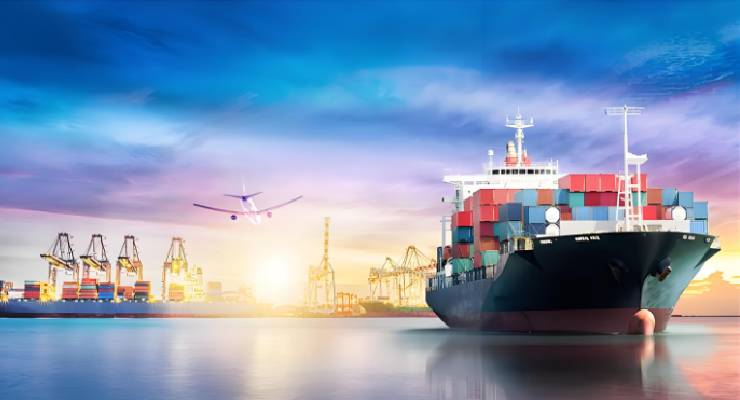
DDP (Delivery after Tax) :
Transporting tires from China involves several important points to note:
Duties and Taxes: When transporting tires in accordance with the DDP (Delivery after Duty) terms, the seller is responsible for paying all import duties, taxes and related costs associated with the shipment.
Customs clearance: The seller is responsible for managing the customs clearance process to ensure that all necessary documents have been properly prepared and comply with the regulations of the destination country.
Transportation regulations: Whether it is air, sea or land transportation, the specific regulations and requirements of the selected mode of transportation must be followed. This can ensure the compliance of the tires and smooth transportation.
By taking these factors into account and complying with relevant regulations, enterprises can ensure that the transportation process of tires exported from China is seamless and compliant.
Express delivery:
Express lane regulations: When choosing express delivery, it is essential to comply with specific express lane customs and transportation regulations. These regulations are aimed at facilitating the prompt delivery of tires from China.
Customs documents: Even for express delivery, it is necessary to ensure that all standard customs documents are complete. This includes preparing commercial invoices and packing lists, and complying with the import regulations of the destination country.
Weight and size restrictions: Express delivery companies usually impose strict restrictions on the size and weight of goods. These restrictions may affect the transportation of larger tire orders. It is crucial to understand these restrictions and plan transportation accordingly.
General customs regulations:
Customs regulations: No matter which mode of transportation is chosen, customs regulations play an important role. The main considerations include:
Harmonized system code: Tires must be correctly classified using the appropriate HS code to determine the applicable tariff rate.
Comply with the laws of the destination country: When transporting tires, it is necessary to comply with the import restrictions, safety standards and environmental regulations of the destination country.
Anti-dumping and countervailing duties: Some countries may impose additional tariffs such as anti-dumping and countervailing duties on Chinese tires. Compliance with these tariffs is crucial for ensuring compliance and avoiding penalties during customs clearance.
Documents and Permits: When transporting tires from China, appropriate documents are crucial for smooth customs clearance. This includes accurate and complete commercial invoices, packing lists, bills of lading, and any required licenses or certificates. Ensuring the accuracy and completeness of these documents helps avoid delays and additional costs.
Customs declaration business: Hiring a reputable customs broker with expertise in transporting tires from China can simplify the customs clearance process. Customs brokers can understand complex regulations, assist in correct classification, and ensure compliance with all relevant laws and obligations.
Whether you choose air freight, sea freight, DDP or express delivery, understanding and abiding by these regulations is crucial for transporting tires from China.
Correct and reliable tire transportation packaging
Reliable packaging for transporting tires from China:
Durable packaging materials: To prevent damage such as cuts, scratches or punctures, tires should be packaged with strong materials. Common options include reinforced plastic packaging or durable bags. These materials provide necessary protection during transportation.
Environmental protection: Tires are vulnerable to damage from sunlight, ozone and extreme temperatures. Proper packaging is crucial for protecting tires from these factors, especially during long-distance voyages or long storage periods of transportation.
Safe stacking: Tires (especially those not installed on the rim) will deform when subjected to pressure for a long time. When stacking goods, be sure to consider the size and type of the tires to ensure that they maintain their original shape. This can ensure the integrity of the tires during transportation.
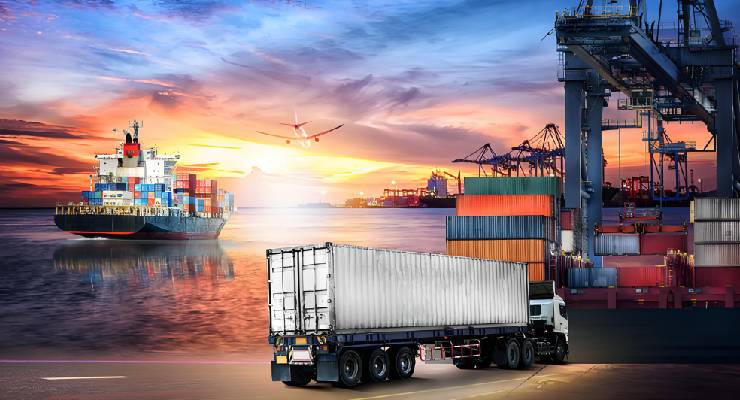
Tire types and their packaging requirements:
Passenger car tires: These tires are usually transported in large quantities. To maximize the use of space and minimize the pressure on individual tires, it is recommended to stack the tires in a spiral shape.
Truck and bus tires: TBT is larger in volume and heavier in weight, and requires additional packaging for reinforcement. Given its weight, it is recommended to transport it in smaller quantities in each package or container.
Racing tires: The formula of racing tires is softer and has better grip. To prevent damage, separate packaging or isolators should be used to avoid friction between the tires.
Off-road tires: OTR tires for heavy-duty applications can be very large. During transportation, special containers or open flatbed transport are needed to accommodate its size.
Motorcycle tires: Motorcycle tires are smaller and lighter. Although they can be closely packed together, precautions must be taken to prevent deformation, especially since their side walls are relatively soft.
By taking these factors into account and adjusting the packaging and transportation methods accordingly, enterprises can ensure the safe and efficient transportation of tires.
Special or custom tires:
When transporting tires from China, various types of tires need to be considered, including vintage car tires and special-purpose mechanical tires. To protect these unique and often valuable tires, it may be necessary to use separate packaging with an additional protective layer.
Accurate labels are of vital importance throughout the entire transportation process. It is very important to provide detailed information about the type, size, specification and any specific processing requirements of the tires. This can ensure that tires are correctly identified and properly handled from beginning to end.
Transporting tires from China requires a thorough understanding of the products and their vulnerability during transportation. By understanding the specific characteristics and requirements of different types of tires, enterprises can ensure that the tires reach their destinations in the best condition. This can not only maintain the manufacturer's reputation, but also ensure customer satisfaction.
How much does it cost to transport tires from China?
The cost of transporting tires from China may vary due to a variety of factors. These factors include considerations such as the selected mode of transportation, destination, weight and volume of the tires, and insurance. Let's break down the different methods of transporting tires from China in a clear and understandable way:
Air transport: Choosing air transport is the fastest but also the most costly mode of transportation. Air transport is suitable for emergency transportation or delivery to destinations that are difficult to reach by sea. The cost varies depending on the carrier, destination and weight of the goods. To prevent potential damage or loss during transportation, we offer air freight insurance.
Ocean freight: Sea transportation is usually the most cost-effective solution for bulk transportation of tires from China. Although it takes longer than air transportation, it can save a lot of costs and is very suitable for a large number of tires that do not need to be delivered immediately. The cost depends on the destination, size and weight of the goods. Container or bulk transportation options are provided. To mitigate the risks associated with potential damage or loss at sea, it is strongly recommended to insure maritime transportation.
DDP Shipping: Delivery after Tax Shipping offers a comprehensive solution where the shipper bears all costs and responsibilities, including duties, taxes and freight charges. It offers transparent prepaid fees covering transportation and customs clearance. The specific cost of DDP transportation depends on the transportation details and the destination country. Insurance is usually included and can also be added as an option for DDP transportation.
Fast delivery: For small batches or urgent deliveries, express delivery is a suitable option. It involves ensuring fast and reliable door-to-door delivery of express services. Taking into account factors such as weight, size and destination, the cost of express delivery is between that of sea and air freight. Many express delivery providers offer comprehensive insurance or the option to purchase additional protection.
By understanding these different transportation methods and their related costs, enterprises can make informed decisions when transporting tires from China.
For the transportation of electrical appliances, our Winsail Logistics is very experienced, the following is our out of the goods, you can understand:


